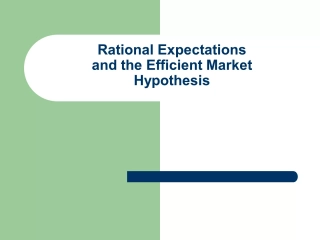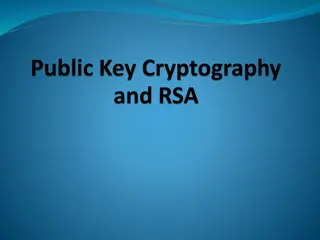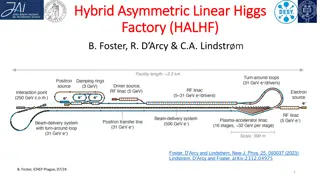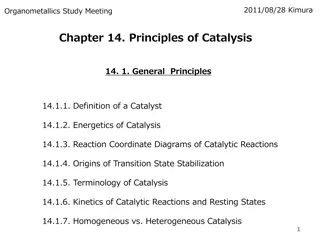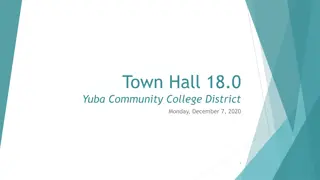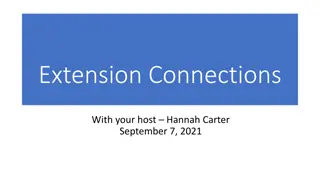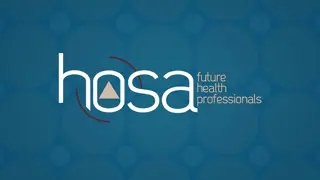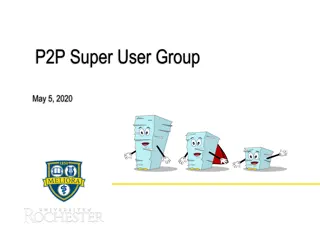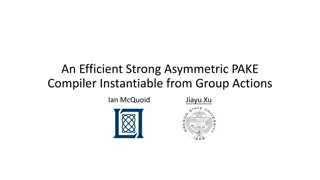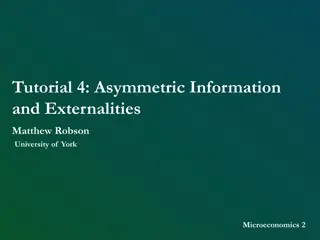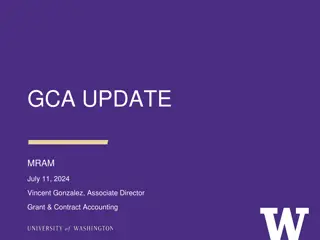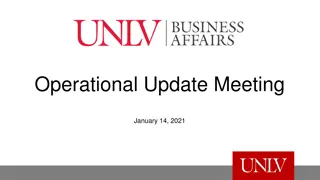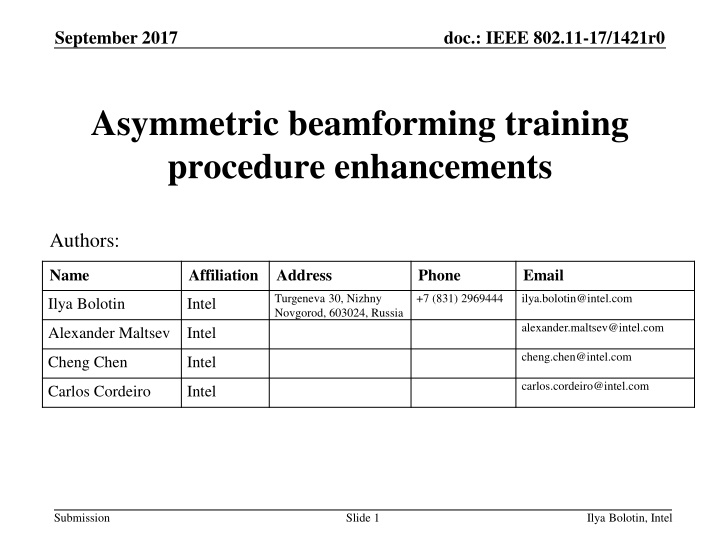
Asymmetric Beamforming Training Enhancements in IEEE 802.11-17
Explore the improvements in asymmetric beamforming training procedures outlined in the September 2017 document for IEEE 802.11-17. The presentation highlights changes in training allocation, sector-specific approaches, and simulation statistics, providing insights into enhancing wireless communication protocols.
Uploaded on | 2 Views
Download Presentation

Please find below an Image/Link to download the presentation.
The content on the website is provided AS IS for your information and personal use only. It may not be sold, licensed, or shared on other websites without obtaining consent from the author. If you encounter any issues during the download, it is possible that the publisher has removed the file from their server.
You are allowed to download the files provided on this website for personal or commercial use, subject to the condition that they are used lawfully. All files are the property of their respective owners.
The content on the website is provided AS IS for your information and personal use only. It may not be sold, licensed, or shared on other websites without obtaining consent from the author.
E N D
Presentation Transcript
September 2017 doc.: IEEE 802.11-17/1421r0 Asymmetric beamforming training procedure enhancements Authors: Name Affiliation Address Phone Email Turgeneva 30, Nizhny Novgorod, 603024, Russia +7 (831) 2969444 ilya.bolotin@intel.com Ilya Bolotin Intel alexander.maltsev@intel.com Alexander Maltsev Intel cheng.chen@intel.com Cheng Chen Intel carlos.cordeiro@intel.com Carlos Cordeiro Intel Submission Slide 1 Ilya Bolotin, Intel
September 2017 doc.: IEEE 802.11-17/1421r0 Abstract This presentation introduces changes for asymmetric beamforming training procedure and addresses CIDs 186, 187, 188, 371, 439, 440, 513. Submission Slide 2 Ilya Bolotin, Intel
September 2017 doc.: IEEE 802.11-17/1421r0 Current state Currently considers the following steps: 1) Adding TRN-R transmitted in the BTI; 2) Beamforming training between the PCP/AP and non- PCP/non-AP STAs which is performed in scheduled beamforming training allocation in DTI Asymmetric beamforming training procedure subfields to DMG Beacon frames Submission Slide 3 Ilya Bolotin, Intel
September 2017 doc.: IEEE 802.11-17/1421r0 Current state The beamforming training allocation in DTI considers two consecutive phases: AP performs sweeping through all sectors in the listening mode with the same duration of listening on each sector. Several space-time slots are provided for STAs responses in each sector AP transmits acknowledgements for each sector Beamforming SP Slot for SectorID=0 Slot for SectorID=1 Slot for SectorID=N-1 ACK transmissions SectorID=0 ACK Space-time slot . . . EDMG AP/PCP . . . . . . Aligned AP and STA sectors Same sectors for TX and RX SBIFS Short SSW EDMG STA #1 Short SSW EDMG STA #2 - TX timeslot, - RX timeslot, - TX antenna pattern, - RX antenna pattern Submission Slide 4 Ilya Bolotin, Intel
September 2017 doc.: IEEE 802.11-17/1421r0 Statistics of sectors load The system level simulations have shown that in dense 11ay scenarios there are a lot of sectors which are free of STAs and listening of them for several timeslots is a waste of time. Sector specific approach should be used for beamforming training allocation scheduling Probability of STA appearance in specific sector for dense 11ay scenarios (The antenna array with 8x32 elements which has N = 256 sectors in 2D DFT Codebook was considered ) Submission Slide 5 Ilya Bolotin, Intel
September 2017 Sector specific approach for beamforming training allocation doc.: IEEE 802.11-17/1421r0 The comparison between two approaches was held: Legacy approach.AP provides the same number of space-time slots for each sector Sector specific approach. The number of space-time slots provided per each sector is based on the load of this sector The simulation results demonstrate significant gains of sector specific approach in collision probability and the total duration of asymmetric beamforming training Probability for STA to get into collision vs. number of space-time slots in beamforming training allocation (Collision happens when two or more STAs choose the same space-time slot for transmitting their response) Submission Slide 6 Ilya Bolotin, Intel
September 2017 Changes for asymmetric beamforming training procedure doc.: IEEE 802.11-17/1421r0 Considering the sector specific approach we propose the following changes for the procedure of asymmetric beamforming training: The beamforming training allocation is scheduled per sector. Only one DMG Beacon frame carries information about this beamforming training allocation The beamforming training allocation describes the period of AP listening in this specific sector and the following Sector ACK frame transmission. DMG Beacon frame with scheduled BFT allocation BFT BTI A-BFT ATI DTI allocation Space-time slot Sector ACK frame Same sectors for TX and RX Submission Slide 7 Ilya Bolotin, Intel
September 2017 Changes for asymmetric beamforming training procedure doc.: IEEE 802.11-17/1421r0 Considering these changes, to perform asymmetric beamforming training for all (N) sectors we need to schedule N beamforming training allocation. This will not provide any additional signaling overhead as far as signaling for these allocations is performed in a sector specific manner. This provides more flexibility to AP it can allocate different number of space-time slots for different sectors or skip any sectors at all, e.g. performing asymmetric beamforming training only in some specific sector. . . . BFT BFT BFT . . . BTI A-BFT ATI alloc. #1 allocation #2 alloc. #N . . . Submission Slide 8 Ilya Bolotin, Intel
September 2017 doc.: IEEE 802.11-17/1421r0 Signaling of Number of STS per sector Propose to add a field in the EDMG Extended Schedule element to signal the number of STS in a specific sector. The value NSTSindicates the number of space-time slots allocated in this sector for asymmetric beamforming training. Based on the sector specific signaling, the EDMG ESE transmitted in different sectors can configure this value in order to allocate different number of space-time slots for different sectors. B0 B1 B2 B9 BW B10 B11 B19 Receive Direction B20 B24 N STS B25 B26 Nmax STS B27 B31 Reserved B32 B151 Allocation Schedul ing Type 1 Channel Aggregatio n 1 Asymmetric Beamforming Training 1 Bits: 8 9 5 2 5 120 Figure: Channel Allocation field format when Scheduling Type is 1. Submission Slide 9 Ilya Bolotin, Intel
September 2017 doc.: IEEE 802.11-17/1421r0 Sector ACK Transmission MBIFS after the PCP or AP completes listening for all space-time slots, it shall transmit a Sector ACK frame on the same combination of sector and DMG antenna which was used for listening. If several SSW frames have been received from a STA, the Sector ACK refers to the SSW frame which was received with best quality. The determination of which packet was received with best quality is implementation dependent. If multiple STAs transmit SSW frames in the same DMG antenna and sector, only a single Sector ACK frame is needed and able to acknowledge multiple STAs in the same sector (see the proposed Sector ACK frame format for details). Beamforming training allocation Sector ACK frame PCP/AP SIFS MBIFS SSW frame EDMG STA #1 EDMG STA #2 SSW frame EDMG STA #3 SSW frame - TX timeslot, - RX timeslot, - TX antenna pattern, - RX antenna pattern Submission Slide 10 Ilya Bolotin, Intel
September 2017 doc.: IEEE 802.11-17/1421r0 Sector ACK Frame Define it as a control frame, and the proposed format is as follows: Table: Proposed Sector ACK frame format Frame Control Duration RA TA Number of Sector Feedback Fields Sector Feedback 1 Sector Feedback 2 Sector Feedback N FCS Octets 2 2 6 6 1 14 14 14 4 If the value of Number of Sector Feedback fields is 1, the RA field contains the MAC address of the STA that is the intended destination of the Sector ACK frame. If the value of Number of Sector Feedback fields is more than 1, the RA field is set to the broadcast MAC address. Table: Proposed Sector Feedback field. RA SSW Feedback BRP Request Beamformed Link Maintenance Octets 6 3 4 1 Submission Slide 11 Ilya Bolotin, Intel
September 2017 doc.: IEEE 802.11-17/1421r0 Conclusions We presented a complete flow of asymmetric beamforming after incorporating the enhancements. The proposed enhancements: Make asymmetric beamforming more flexibility. AP may allocate different number of space-time slots for different sectors or skip any sectors at all, providing benefits in collision probability and duration of asymmetric beamforming training. Simplify the STA behavior during the asymmetric beamforming training. Resolve CIDs 186, 187, 188, 371, 439, 440, 513. Submission Slide 12 Ilya Bolotin, Intel
September 2017 doc.: IEEE 802.11-17/1421r0 Straw Poll Do you agree to include the text changes proposed in (11-17-1422-00-00ay-Draft text for asymmetric beamforming training procedure enhancements) to the spec draft? Submission Slide 13 Ilya Bolotin, Intel

